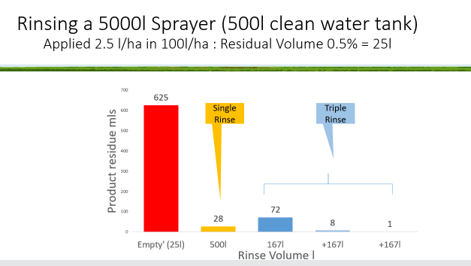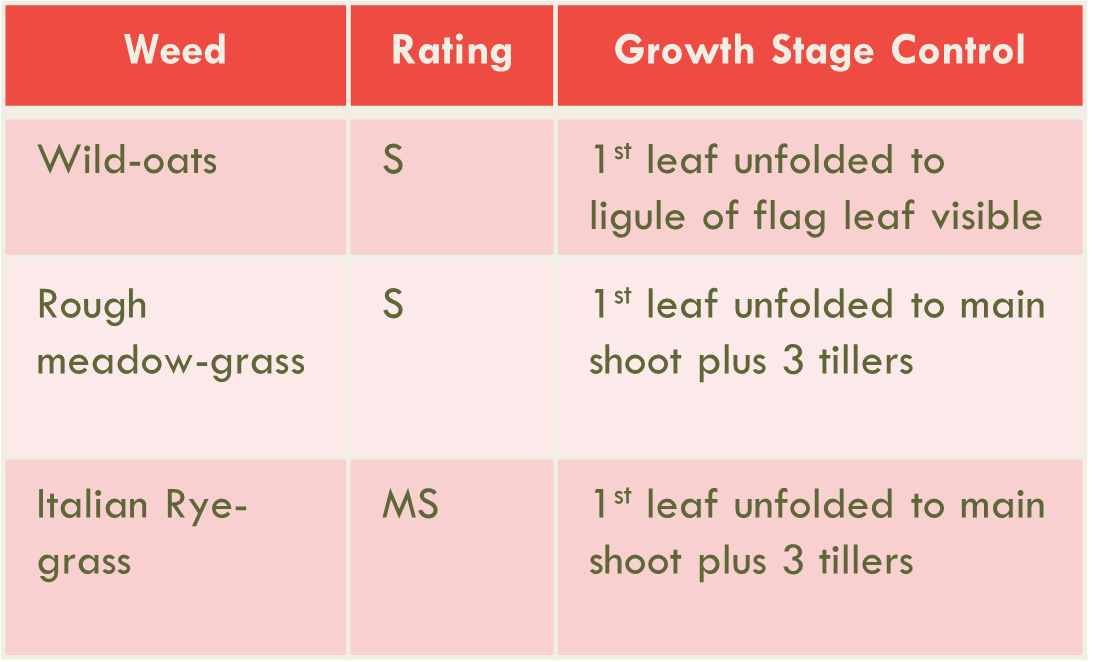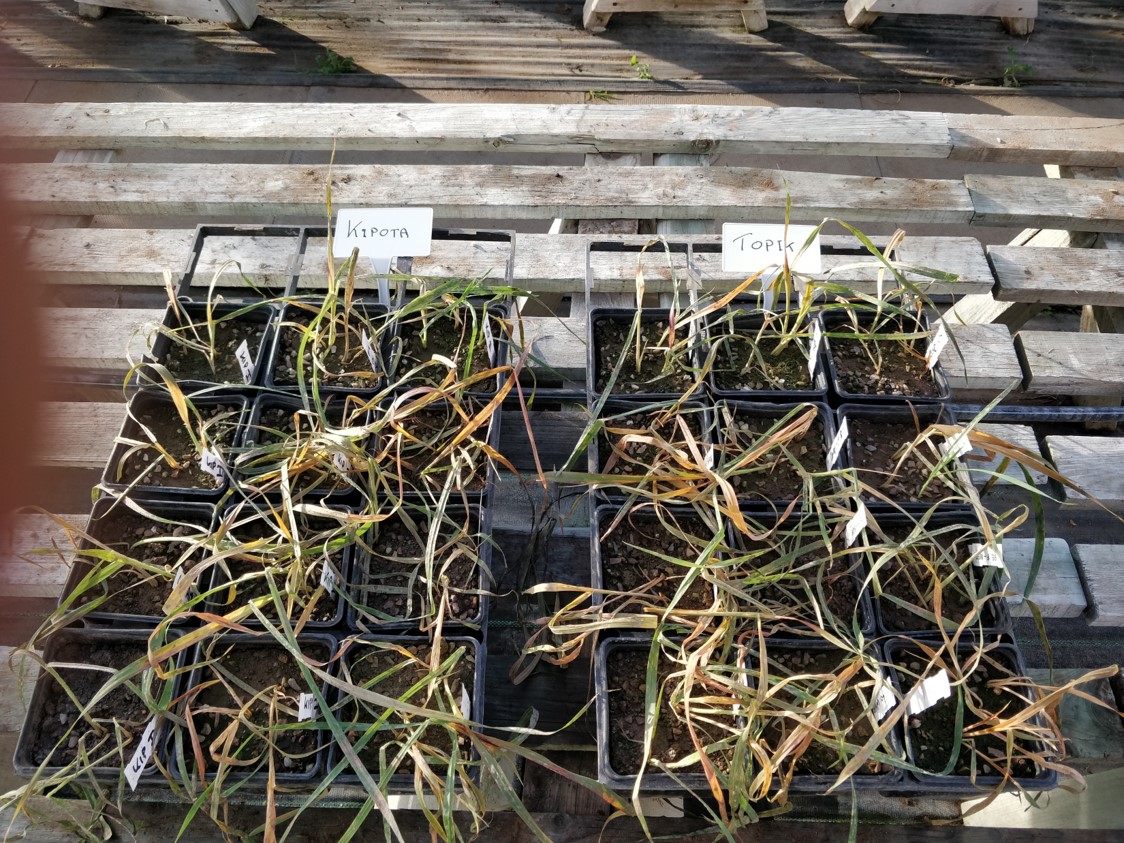Life in Life Scientific
March in Life Scientific Newsletter

Welcome to the March edition of the Life Scientific Newsletter.
To continually improve our service we believe it is important that all our staff understand the needs and frustrations of our customers. Last month, staff at head office had the opportunity to get hands-on sprayer training with applications expert, Tom Robinson.
The training took place on the University College Dublin’s research farm.
Tom explained what is needed from a crop protection product formulation, how to get the best out of it with correct nozzle selection, water volume and spray quality, and how to clean the sprayer afterwards.
Tom showed the benefits of triple rinsing the sprayer instead of using a single rinse with the example below.
If 2.5 L/Ha of a product is sprayed in 100 L/Ha water using a 5000 litre sprayer, 625 ml of the product will be left in the tank after application.
A single clean water rinse of 500 litres would leave 28 ml of product, but rinsing three times using the same amount of clean water leaves only 1 ml of product in the tank.

Life Scientific are pleased to launch LAYA this spring. LAYA contains metsulfuron-methyl and is a reverse engineered Ally SX. As an ALS inhibitor herbicide, LAYA should be cleaned from the sprayer after use using the triple rinse method described above and it is advisable to use a proprietary tank cleaner to avoid any issues with sensitive crops following applications of LAYA or Life Scientific SUMIR, containing florasulam.
Spring broad-leaved weed control in cereals
Life Scientific has a range of herbicides for use in crops in the spring. In cereals, there are two key ALS herbicides for broad-leaved weed control – LAYA (one of the new products for 2023 containing metsulfuron-methyl), and SUMIR which contains florasulam. LAYA can be applied to winter cereals from the 15th March if weed size, crop condition and environmental conditions are appropriate and is a reverse-engineered formulation of the reference product, Ally SX.
The product is approved on the following crops:

For spring cereals and green cover on land not being used for crop production, LAYA must only be applied from 1st April.
Sulfonyl urea herbicides are key for many broad-leaved weed herbicide programmes in cereals. Whilst there is a choice of different sulfonyl urea active ingredients and blends available, metsulfuron-methyl, the active ingredient in LAYA, remains a reliable all-rounder to control a wide range of broad-leaved weeds in the spring.
Metsulfuron-metyl is readily absorbed by the foliage and roots, and translocated within the weed. It is an ALS inhibitor herbicide affecting amino acid biosynthesis in the plant, meaning that weeds stop growing and die. Anything which can slow down the weed’s growth, e.g. drought, cold or stress can affect the activity of ALS inhibitor herbicides. These herbicides work best in good growing conditions. The better the growing conditions for the weed, the better and faster the level of control.
The ALS herbicide range also includes SUMIR with strengths against some difficult-to-control weeds including Cleavers. Trials work conducted with ADAS investigated SUMIR’s activity against some non-label weeds such as volunteer beans and Bur Chervil. A range of rates were tested from 0.04-0.07L/Ha against 2, 4 and 6 leaf weeds (timings A, B and C in the photos below). The trial also looked at the addition of an adjuvant (Toil).

Activity of SUMIR against volunteer beans Activity of Sumir against Bur Chervil
Source ADAS trial 2022
Results showed good activity against Field Beans from 0.05-0.07L/Ha when applied to the target weed at 4 leaves. This was equivalent to control seen with Boxer. No significant benefit was seen when Toil was added.
For Bur Chervil up to 58% control was achieved in the trial with 0.07L/Ha applied at 4 leaves of the weed. Some advantage was seen with the addition of Toil at the early timing.
Remember that the total amount of florasulam applied to a cereal crop must not exceed 7.5g ai/Ha (0.15L/Ha).
When using any ALS inhibitor herbicide, check approved tank-mixes and sequences with other ALS products before use.
Grass weed control
The Life Scientific range of cereal herbicides also includes KIPOTA, a reverse-engineered Topik containing 240 g/l clodinafop-propargyl and 60 g/l cloquintocet-mexyl for the control of Wild-oats and other grass weeds in crops of winter and spring wheat, durum wheat, rye and triticale.
When used according to the label, KIPOTA will control the weeds listed in the table below:
 Wild-oats and Italian Rye-grass are two of the most competitive weeds in cereals, with Wild-oats being more than twice as competitive as Black-grass. Just 5 plants per square metre can reduce yield by 5%, and this can be much worse in high populations. It is therefore important to control Wild-oats early, with smaller actively-growing plants being better controlled by KIPOTA. The product has good activity against both susceptible Italian Rye-grass and Wild-oats.
Wild-oats and Italian Rye-grass are two of the most competitive weeds in cereals, with Wild-oats being more than twice as competitive as Black-grass. Just 5 plants per square metre can reduce yield by 5%, and this can be much worse in high populations. It is therefore important to control Wild-oats early, with smaller actively-growing plants being better controlled by KIPOTA. The product has good activity against both susceptible Italian Rye-grass and Wild-oats.
The equivalence of KIPOTA and Topik have been tested on Winter and Spring Wild-oats in the laboratory by NIAB.
Both products were applied at a rate of 0.125 l/ha plus oil. The photo below shows susceptible Wild-oat plants 32 days after application. NIAB concluded that there was no statistical difference between KIPOTA and Topik in the trial.


